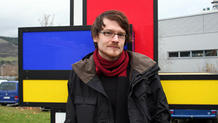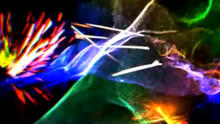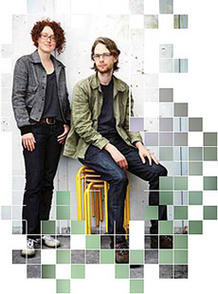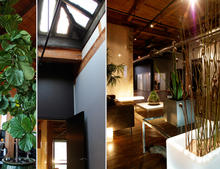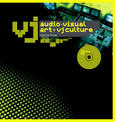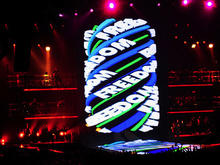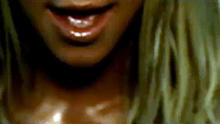Zero 7 feat. José González: Futures
(2006)shows crushed things, completely abstracted… Innuendos, artifacts and the rough synchronization add subtle emotions to the uncertain process that build the morbid tableaux of all possible futures.
In Futures by Robert Seidel you will see crushed things, completely abstracted… finding together and building up to something we all have seen before… Like our true wishes and desires they shape over time and get clearer… followed by the next longing… Innuendos, artifacts and the rough synchronisation add subtle emotions to the uncertain process that build the morbid tableaux of all possible futures…
The low-budget promo for a planned DVD of Zero 7’s The Garden was deemed as too un-commercial and another video was commissioned for the song by Duckeye… Nevertheless it is very successfully shown at film festivals, design magazines and internet sites.
SHIFT Japan | DOTMOV Festival 2006 selected and commented by Motion Theory: "Futures is hypnotic, textured, and beautiful. Robert Seidel reveals a hidden world in everyday objects. Deconstructed organic elements reverse in time, becoming what they once were. It suggests that in death there is a hidden beauty."
Source: Robert Seidel's Website
"Futures is my first music video. It was commissioned after _grau for the british band Zero 7 featuring the beautiful voice of José González. I wanted to create a special mood for this song about our future shaping over time. So it starts with sequences of crushed, everyday objects that get clearer, like our wishes and desires. As life is full of accidents, also the video is and you see compression artifacts and a rough synchronization. These errors help to build the morbid tableaux of all possible futures. I had a very small budget and full creative freedom, but the record company didn’t use the video in the end. So it was only shown at festivals and they even had another video done for the same track…"
Source: Shift


